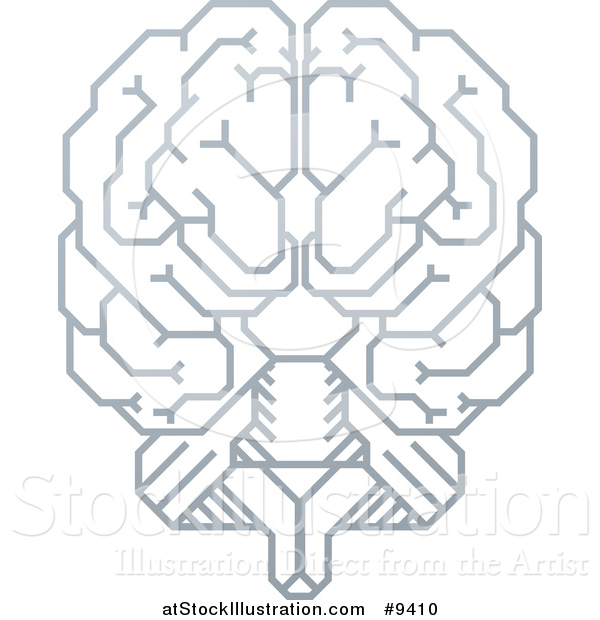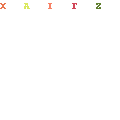
Mechanically gated channels often have cytoplasmic extensions that link the channel to the cytoskeleton (not shown). This drawing shows different kinds of stimuli that open ion channels. Moreover, with prolonged (chemical or electrical) stimulation, most channels go into a closed “desensitized” or “inactivated” state, in which they are refractory to further opening until the stimulus has been removed, as we discuss later. The activity of many ion channels is regulated, in addition, by protein phosphorylation and dephosphorylation this type of channel regulation is discussed, together with nucleotide-gated ion channels, in Chapter 15. The ligand can be either an extracellular mediator-specifically, a neurotransmitter (transmitter-gated channels)-or an intracellular mediator, such as an ion (ion-gated channels) or a nucleotide (nucleotide-gated channels) ( Figure 11-21). The main types of stimuli that are known to cause ion channels to open are a change in the voltage across the membrane (voltage-gated channels), a mechanical stress (mechanically gated channels), or the binding of a ligand (ligand-gated channels). In most cases, the gate opens in response to a specific stimulus. Instead, they are gated, which allows them to open briefly and then close again ( Figure 11-20). The second important distinction between ion channels and simple aqueous pores is that ion channels are not continuously open. Thus, as ion concentrations are increased, the flux of ions through a channel increases proportionally but then levels off (saturates) at a maximum rate. The permeating ions have to shed most or all of their associated water molecules to pass, often in single file, through the narrowest part of the channel, which is called the selectivity filter this limits their rate of passage. This suggests that their pores must be narrow enough in places to force permeating ions into intimate contact with the walls of the channel so that only ions of appropriate size and charge can pass. First, they show ion selectivity, permitting some inorganic ions to pass, but not others. Two important properties distinguish ion channels from simple aqueous pores. Ion Channels Are Ion-Selective and Fluctuate Between Open and Closed States Nerve cells (neurons), in particular, have made a specialty of using ion channels, and we shall consider how they use a diversity of such channels for receiving, conducting, and transmitting signals. As we shall see, the ability to control ion fluxes through these channels is essential for many cell functions. Thus, the function of ion channels is to allow specific inorganic ions-primarily Na +, K +, Ca 2+, or Cl -to diffuse rapidly down their electrochemical gradients across the lipid bilayer. However, channels cannot be coupled to an energy source to perform active transport, so the transport that they mediate is always passive (“downhill”). For transport efficiency, channels have an advantage over carriers in that up to 100 million ions can pass through one open channel each second-a rate 10 5 times greater than the fastest rate of transport mediated by any known carrier protein.

Because these proteins are concerned specifically with inorganic ion transport, they are referred to as ion channels. In contrast, most channel proteins in the plasma membrane of animal and plant cells that connect the cytosol to the cell exterior necessarily have narrow, highly selective pores that can open and close. Indeed, many bacterial toxins do exactly that to kill other cells (discussed in Chapter 25).

Both gap junctions and porins, the channel-forming proteins of the outer membranes of bacteria, mitochondria, and chloroplasts (discussed in Chapter 10) have relatively large and permissive pores, which would be disastrous if they directly connected the inside of a cell to an extracellular space. These channels are discussed in Chapter 19 and will not be considered further here. One class of channel proteins found in virtually all animals forms gap junctions between two adjacent cells each plasma membrane contributes equally to the formation of the channel, which connects the cytoplasm of the two cells. Unlike carrier proteins, channel proteins form hydrophilic pores across membranes.


 0 kommentar(er)
0 kommentar(er)
